Tycho's Illustrated History Of Chinese Cars: The Volkswagen Santana China Retrospective

Volkswagen announced an all-new Santana for the Chinese market, it will debut in 2013. Time to say “zai jian” (“good bye,” but nobody says that anymore in China, they say “bye bye”) to the current Santana, made by the Shanghai-Volkswagen joint venture since 1985. And time for a short history of the Santana. History saw the original Santana, the Santana Variant, the Santana 2000, the Santana 3000 and the Santana Vista. We take a look at all of them. On the picture above is a party in Shanghai when the very first China-made Santana rolls off the assembly line. And when they said “party” in 1985, they meant it. Serious partiers they were.
This is the original Shanghai-Volkswagen Santana, based on the German Santana, which was based on German Volkswagen Passat B2 and/or the Audi 80 B2. Production started in 1985. First engine was a 1.6 with 87hp. In 1987 Volkswagen added a 1.8 with 94hp. The 1.6 however continued all the way until 2006. Size: 4546/1690/1427mm, wheelbase is 2548mm.
The original Santana is still on the market today, powered by the 1.8. Its price starts around 50.000 yuan, or $8,000. Sales are still good, Shanghai-Volkswagen made some 70.000 in 2011. That indeed is 26 years of the Passat Santana sedan in China, but in the meantime a lot more Santana happened:
Production of the Santana Variant started in 1987 and was immediately popular with police and all other kinds of government services. The Variant was powered by the 1.8. The Santana sedan did also fine with the government, but the biggest buyers were taxi fleets.
Next up was the Shanghai-Volkswagen Santana 2000. Not based on the original Santana but on the Brazilian-build Volkswagen do Brasil Santana 2000(which again was….) Production started in 1995. The China-made Santana had a slightly longer wheelbase and longer rear-doors.
Power came from the 1.8 which now delivered 97hp. Size: 4680/1700/1423mm, wheelbase was 2656mm. The Santana 2000 was not a replacement for the Santana, it was an addition. The Santana 2000 was seen as a slightly bigger and more luxurious Santana. Price started around some 90.000 yuan.
The Shanghai-Volkswagen Santana 3000 arrived in 2004, succeeding the Santana 2000. The redesign was done not by Volkswagen in Germany but, for the first time, by the Shanghai-Volkswagen joint venture itself.
Lots of fake wood in the dash. Fake wood indeed was very much the fashion in those years, all China-made cars had forests of fake wood. Nowadays, the fake-wood has mostly been cleared. The Santana 2000 also received a new engine, a 2.0 with 107hp. The 1.8 continued.
The Santana 2000 proved to be short-lived because its replacement, the Santana Vista, arrived in 2008. Design was again done by the Shanghai-Volkswagen joint venture.
Power came from the 1.8, the 2.0 and… the original 1.6. Yes, Volkswagen brought is back from the museum to create the entry-level Santana 3000. The Santana Vista (Zhijun in Chinese) is still on the market today. Price starts at 58.900 yuan and ends at 79.800 yuan.
The dash was toned down a bit, now in 1990’s Wolfsburg lo-fi design.
Altogether some 3.5 million Santana, 2000, 3000 and Vista have been made in China since production started in 1985. Many of the early cars are still on the road. The Santana earned Volkswagen a strong reputation as a maker of reliable no-frills automobiles. The new Santana will be judged harshly by Chinese media and car buyers alike, let’s hope it is good enough the carry the Santana-badge. Debut likely at the 2013 Shanghai Auto Show.
Dutchman Tycho de Feyter runs Carnewschina.com, a blog about cars in China, from Beijing, China. He also collects die-cast models of Chinese cars.

More by Tycho de Feyter
Latest Car Reviews
Read moreLatest Product Reviews
Read moreRecent Comments
- Jalop1991 does the odometer represent itself in an analog fashion? Will the numbers roll slowly and stop wherever, or do they just blink to the next number like any old boring modern car?
- MaintenanceCosts E34 535i may be, for my money, the most desirable BMW ever built. (It's either it or the E34 M5.) Skeptical of these mods but they might be worth undoing.
- Arthur Dailey What a load of cow patties from fat cat politicians, swilling at the trough of their rich backers. Business is all for `free markets` when it benefits them. But are very quick to hold their hands out for government tax credits, tax breaks or government contracts. And business executives are unwilling to limit their power over their workers. Business executives are trained to `divide and conquer` by pitting workers against each other for raises or promotions. As for the fat cat politicians what about legislating a living wage, so workers don't have to worry about holding down multiple jobs or begging for raises? And what about actually criminally charging those who hire people who are not legally illegible to work? Remember that it is business interests who regularly lobby for greater immigration. If you are a good and fair employer, your workers will never feel the need to speak to a union. And if you are not a good employer, then hopefully 'you get the union that you deserve'.
- 28-Cars-Later Finally, something possibly maybe worth buying.
- EBFlex The simple fact is very small and cheap ICE vehicles have a range thats longer than all EVs. That is the bar that needs met. And EVs cannot meet that.Of course range matters. But that's one element of many that make EVs completely ineffective at replacing ICE vehicles.
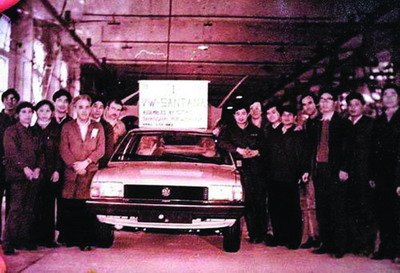
















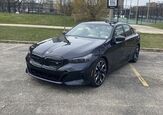
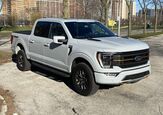





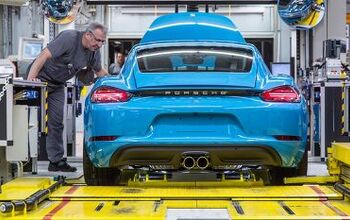
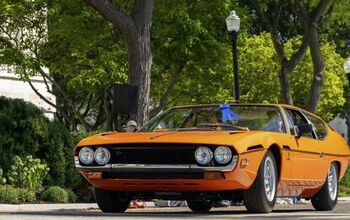
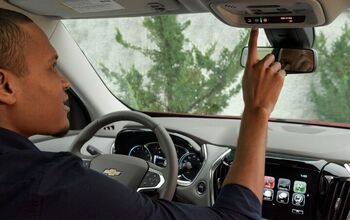
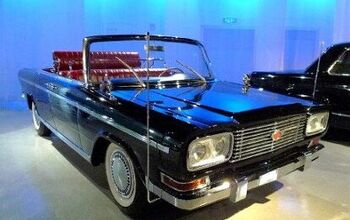
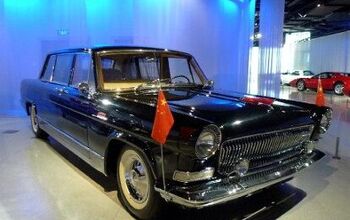
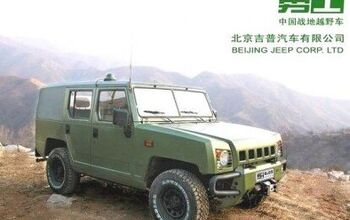
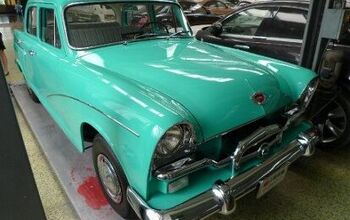
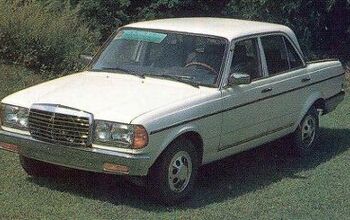
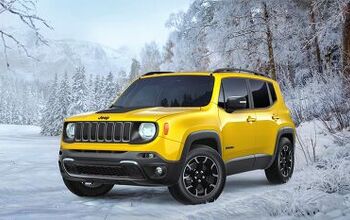
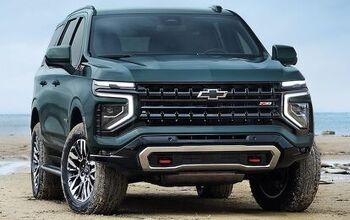
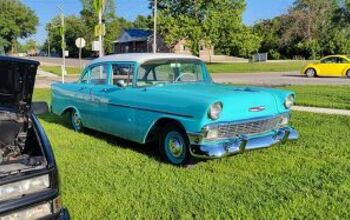
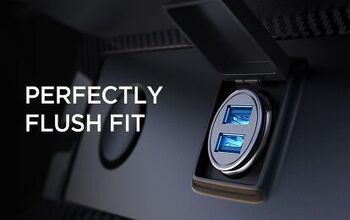
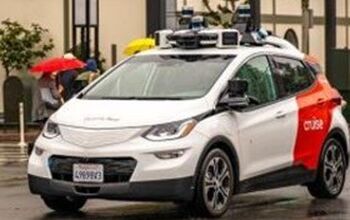
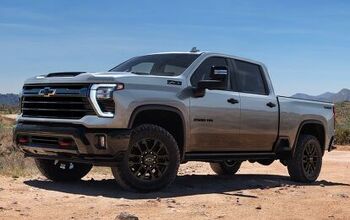
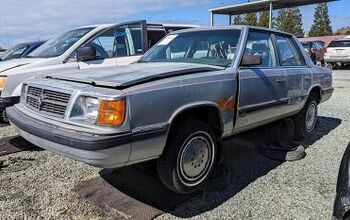
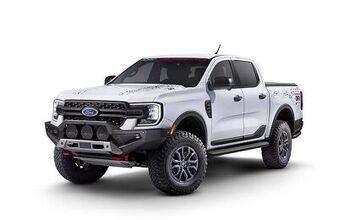
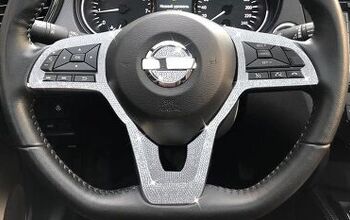
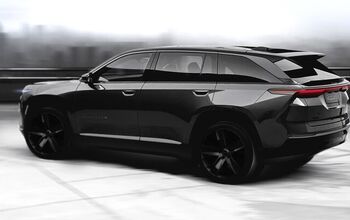
Comments
Join the conversation
These are cabs in Shanghai. Terrible feel these things have to them. When your cab drives off and the car slides into first gear - they're manuals - the whole cars shakes, shakes and shakes.
ah the good times that will never come back! Like you said in article, ' based on Brazilian Santana'. Good times cause then the Brazilian auto industry donated obsolete tooling to China and not the other way around. Now we get obsolete too ling for CHinese. Case in point our Chevy Classic. Nothing more than an old Chinese Buick Sail. Which were both nothing more than an Opel Corsa 2nd generation, stretched by Brazilian GM into sedan form. Oh the good times when Brazilian industry had the clout, resources and prowess to export our designs, toolings and processes. Sorry for the BRazil-centric comment but this is what popped into my head when reading this... BTW and FWIW, that Chevy/Buick Classic/Sail has been going on in Brazil for roughly 15 years. Even with new launches I'm betting 10 years down the line Classic will still be on sale here. Looks like it'll compete with Chinese Santana for longevity. ot so rare in Brazil though. The VW Bus is celebrating 50+ yrs in production. And the old Uno has been around since 83 or 84. They're in thje running with the Santana!